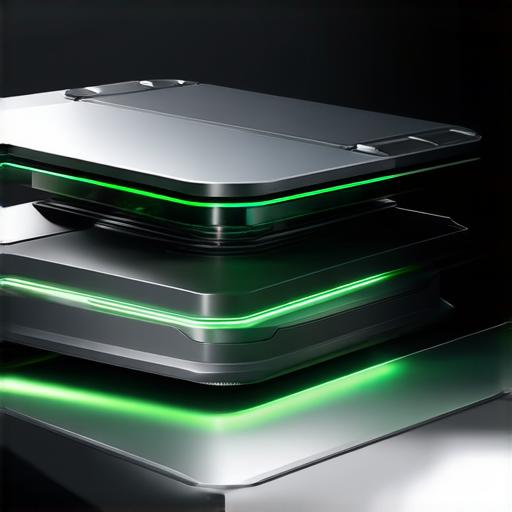Are you looking to revolutionize the way we interact with digital content? Do you want to create immersive experiences that bridge the gap between the real and virtual worlds? Then augmented reality (AR) is the technology for you.
What is Augmented Reality?

AR is a technology that combines computer-generated images, videos, and sounds with the real world. It enables users to view digital content in real-time and interact with it in a variety of ways. AR can be experienced through smartphones, tablets, smart glasses, and other devices.
One of the key features of AR is its ability to blend virtual objects into the real world. This allows users to see and interact with digital content as if it were physically present. For example, a user could use an AR app to view a 3D model of a piece of furniture in their home, or they could use an AR game to hunt for virtual creatures in their backyard.
How does Augmented Reality work?
AR works by using sensors and cameras on a device to capture the real world. This data is then processed by AR software, which overlays digital content onto the real world based on the location of the user’s device. The key components of an AR system include:
- Sensors: These are used to capture data about the real world, such as the position and orientation of the device.
- Cameras: These capture images of the real world, which are used by the software to determine the user’s location.
- Processing Power: This is required to process the data captured by the sensors and cameras and overlay digital content onto the real world.
- Display: This is where the digital content is displayed, either on a screen or through smart glasses.
One of the most important aspects of AR is its ability to track the user’s position and orientation in real-time. This allows the software to accurately overlay digital content onto the real world, creating an immersive experience for the user.
Case studies and personal experiences
There are many examples of how AR has been used in various industries. One such example is the use of AR in healthcare. In this field, AR has been used to provide surgeons with real-time visualization of a patient’s anatomy during surgery. This can improve the accuracy of surgical procedures and reduce the risk of complications.
Another example is the use of AR in education. Teachers have used AR to create interactive lessons that engage students and make learning more fun. For example, students could use an AR app to explore a historical site or view a 3D model of a scientific concept.
Personal experiences with AR are also plentiful. One such experience is the use of AR in gaming. Many games now incorporate AR elements, allowing players to interact with virtual objects in the real world. This creates a more immersive and engaging gaming experience.
Research and experiments
There have been many studies conducted on AR technology, and the results are promising. One study found that users of AR-enhanced shopping experiences were more likely to make purchases than those using traditional shopping methods. Another study found that AR was effective in improving mental health outcomes for patients with depression and anxiety.
Experiments with AR have also been conducted in various fields. For example, researchers at Stanford University used AR to create a virtual reality environment that allowed users to experience the feeling of being in space. This experiment demonstrated the potential of AR to create highly immersive experiences that can be difficult or impossible to achieve in real life.
